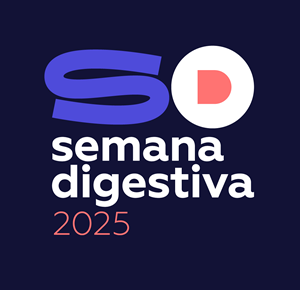Methods: Our group included a total of 6900 images, 1435 showing blood or hematic residues. A training dataset comprising 80% of the total pool of images (n=5520) was used for development of the network. The CNN was evaluated using an independent validation dataset (20% of total image pool, n=1380). The output provided by the network was compared to a consensus classification provided by two endoscopists. The performance of the network was evaluated by calculating its sensitivity, specificity, accuracy, positive predictive and negative predictive values (PPV and NPV, respectively), and area under the receiving operating characteristic curve (AUC).Results: The CNN model for automatic detection of blood in the small bowel in enteroscopy identified these lesions with a sensitivity of 95.8%, a specificity of 97.6%, positive and negative predictive values of 91.4% and 98.9%, respectively. The CNN had an overall accuracy of 97.2%. The AUC was 0.99. The CNN analyzed the validation dataset in 10 seconds, at a rate of approximately 138 frames per second.Discussion: The authors have developed a pioneer deep learning system for automatic detection of blood or hematic residues during DBE exams. The development of these tools may enhance the diagnostic yield of deep enteroscopy techniques in patients with bleeding originating from the small bowel, which may have significant impact in the management of these patients.

 Semana Digestiva 2025 | Todos os direitos reservados
Semana Digestiva 2025 | Todos os direitos reservados